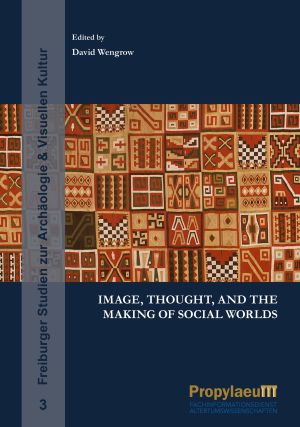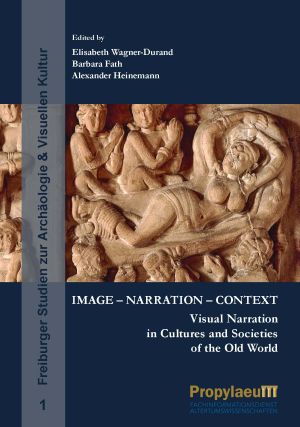Freiburger Studien zur Archäologie und visuellen Kultur
The series „Freiburger Studien zur Archäologie und visuellen Kultur“ (FAVis) has been published since 2018 by the Institute of Archaeological Studies (IAW) at the Albert-Ludwigs-University in Freiburg i. Br. Founded in 2008, the IAW comprises seven disciplines of archaeology and ancient studies: protohistoric, near eastern, classical and byzantine archaeology, the archaeology of Roman provinces, medieval archaeology and the philology of the ancient near east. Monographs and colleted writings published in the series focus on the archaeolgy and visual culture of antiquity. Across the boundaries of traditional disciplines, the series particularly aims at addressing phenomena of image-artefact-relations.
The volumes are published under ‚peer-review‘ and ‚open access‘ with print-on-demand by Propylaeum-eBooks of the Library of Heidelberg University.
Editors
Institut für Archäologische Wissenschaften der Universität Freiburg i. Br.
E-Mail: sekretariat@archaeologie.uni-freiburg.de
Tel. +49 (0) 761 - 203 3073
Fax +49 (0) 761 - 203 3113
Published so far
Image, thought, and the making of social worlds
What is the status and role of image systems in human culture and history? This volume presents original studies examining the complex interplay between images, thought processes, and the making of social worlds from the pre-Columbian Americas to the ancient Mediterranean and early China. Moving beyond a notion of images as “merely illustrative” of propositions expressed in language or writing these studies draw insights from the civilisations of Amazonia, Oceania, and Central Africa to reveal the autonomy of image systems as intellectual devices in their own right, and their enduring role in the development of human societies across the traditional divide of “oral” and “literate” cultures.
Homo pictor: Image Studies and Archaeology in Dialogue
The contributions to this collection discuss – from a general perspective and on the basis of concrete examples – how the epistemic potentials of the manifold current strands of image and visual culture studies on images and their perception – which proliferated since the pictorial and the iconic turn – can be made available for the archaeological study of image cultures. They address semiotic and perceptual, frame-semantic, affect-theoretical and cognitive approaches as well as questions of image contexts and the agency of images.
Image – Narration – Context: Visual Narration in Cultures and Societies of the Old World
Narratives are primary agents in the production of social meaning and identity. They are articulated not only in oral and literal forms of expression, but also through images and artefacts. By virtue of their materiality, these objects bearing narrative potential have their specific contexts of appreciation. But how do images actually trigger narration? Can we describe the social loci of their observation? And how do these contexts – social practices, religious rituals, demonstrations of political power – interact with, and re-affect the artefacts in question? Both case studies from archaeology and approaches from a wider range of cultural studies seek to answer these questions within a broader methodological framework.









